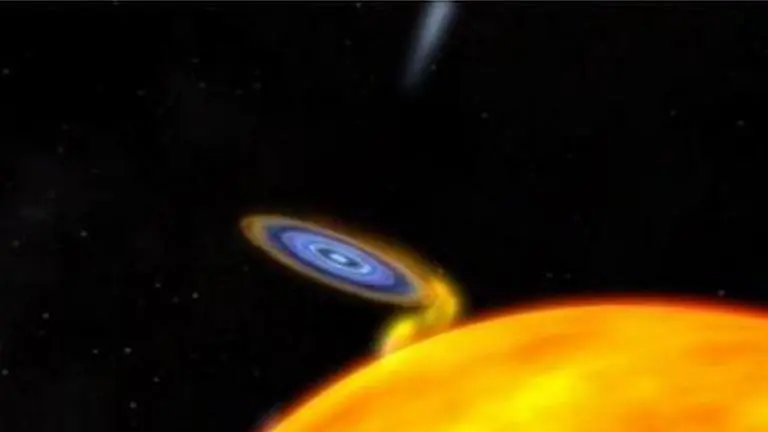Updated 13 July 2020 at 09:34 IST
Tiny black hole or 'Planet 9'? Scientists theorise on gravitational influence beyond Pluto
Scientists have theorised the presence of a gravitationally relevant object interacting with others on the edge of the solar system, suggesting options
- Science News
- 2 min read

Scientists have theorised the presence of a gravitationally relevant object interacting with others on the edge of the solar system, and while many have proposed the theory of 'planet nine' to explain this, others want to find out if it is a tiny planet-mass black hole. According to researchers, the observation of other objects close to it suggests that there was something big generating gravitational pull.
Researchers at Harvard University in partnership with the Black Hole initiative have expressed a desire to test if the object lurking in the system is actually such a 'primordial' black hole. For the purpose of research, they could study the data from Legacy Survey of Space Time ( LASST) as evidence as acceleration flares, which are created when objects get too close to black hole.
Advertisement
“In the vicinity of a black hole, small bodies that approach it will melt as a result of heating from the background accretion of gas from the interstellar medium onto the black hole,” Amir Siraj of Harvard said in a statement.
Waiting for LASST
Meanwhile, Avi Loeb, co-author of the study, said that once they melt, small bodies are subjected to total disruption by the black hole, followed by accretion from the tidally disrupted body onto the black hole. However, the LASST hasn’t begun yet but the scientists believe that the survey would be able to spot such flares. Therefore, they still do not know when the hardware would begin scanning the sky.
A 'planet-mass' black hole could exist with a mass of between five and ten times that of our own planet. Being a black hole, the object would be much, much smaller than Earth, and the researchers suggest it could be as tiny as an orange, though that is not an indictment of its gravitational power.
Advertisement
Representative image, Credits: NASA
Published By : Riya Baibhawi
Published On: 13 July 2020 at 09:34 IST
